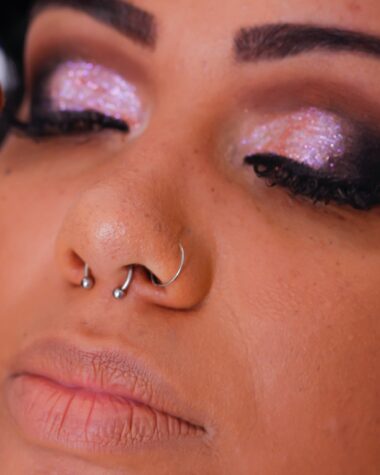Introduction:
Burmese rubies, renowned for their exceptional beauty and deep red hues, have long held a prominent position in the world of gemstones. These precious gems, originating from the mines of Myanmar (formerly Burma), are celebrated for their rarity, historical significance, and captivating color. However, the allure of Burmese rubies comes with a price—both literally and figuratively—as their acquisition and trade have been the subject of controversy and ethical concerns.
The Allure of Burmese Rubies:
Burmese rubies are esteemed for their intense red color, often referred to as “pigeon’s blood red.” This vibrant hue is attributed to the presence of chromium in the corundum crystals. The combination of rich color and exceptional clarity makes Burmese rubies highly sought after by collectors, jewelry enthusiasts, and investors alike.
Historical Significance:
Myanmar has been a significant source of rubies for centuries, and Burmese rubies have adorned the crowns and jewelry of monarchs and aristocrats throughout history. Their historical significance adds to their mystique and allure, making them not just gemstones but symbols of tradition and opulence.
The Controversy Surrounding Burmese Rubies:
Despite their beauty, the trade of Burmese rubies has been a source of contention due to ethical concerns associated with Myanmar’s gemstone industry. The country has faced political instability, human rights issues, and allegations of corruption, particularly linked to the military junta that ruled the nation for several decades. Concerns about the use of ruby proceeds to fund oppressive regimes and human rights abuses have led to calls for ethical sourcing and responsible consumption of these gemstones.
Sanctions and Ethical Practices:
In response to these concerns, various countries, including the United States and the European Union, have imposed sanctions on the import of Burmese rubies. These measures aim to restrict financial support to entities responsible for human rights violations. Additionally, ethical practices within the gemstone industry have gained momentum, with organizations advocating for transparency, fair labor practices, and sustainable mining methods.
Alternatives and Ethical Choices:
As awareness of the ethical concerns surrounding Burmese rubies grows, consumers are increasingly seeking alternative sources for their gemstone purchases. The demand for gemstones from ethically mined and transparent supply chains has led to the rise of certification programs and initiatives promoting responsible practices. Many jewelers now offer alternatives like rubies from other countries with more stringent ethical standards.
Also Read: Tech Revolution on the Horizon: Five Areas Where India Will Lead in the Coming Year
Conclusion:
Burmese rubies, with their unparalleled beauty and historical significance, continue to captivate the world. However, the ethical concerns associated with their trade highlight the importance of responsible consumer choices and ethical business practices within the gemstone industry. As awareness grows, the demand for transparency, fair labor practices, and sustainable sourcing is reshaping the market, offering consumers the opportunity to make more informed and ethical choices when it comes to acquiring these exquisite gems. Balancing the appreciation of Burmese rubies with a commitment to ethical practices is crucial in ensuring the gemstone industry’s positive impact on both the environment and the communities involved in its production.








